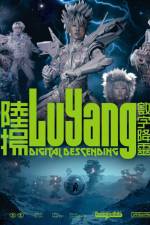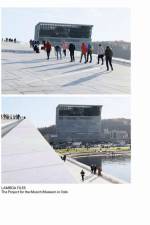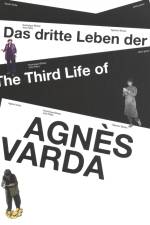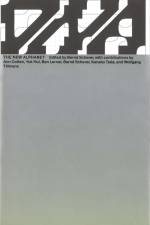von Johannes Odenthal
32,00 €
1955 in einem Armenviertel in São Paulo geboren, wurde Ismael Ivo zu einem der bekanntesten und erfolgreichsten Tänzer weltweit. Als Initiator und Direktor von Festivals wie dem ImPulsTanz Festival in Wien hat er Tanzgeschichte geschrieben. Künstlerisch ging er enge Verbindungen mit Johann Kresnik, Marcia Haydée, Ushio Amagatsu, George Tabori, Koffi Kôkô und vielen anderen ein. Heute ist er eine Symbolfigur der afrobrasilianischen Emanzipation. Der Band Ismael Ivo. Ich glaube an den Körper versammelt Interviews aus verschiedenen Epochen seines Schaffens, Erinnerungen von Wegbegleiter·innen in Brasilien und Europa, Bildessays von Anno Wilms und Dieter Blum sowie ein umfassendes Werkverzeichnis. So zeichnet die Publikation erstmals das Leben und Wirken eines Ausnahmekünstlers und -menschen nach. Johannes Odenthal, Kunsthistoriker und Autor für Tanz, Performance und zeitgenössische Kunst, war von 2006 bis 2022 Programmbeauftragter der Akademie der Künste, Berlin. Anno Wilms (1935 - 2016) arbeitete als freiberufliche Fotografin. Dieter Blum, geb. 1936, arbeitete u. a. für Stern, Der Spiegel, Time, National Geographic, FAZ-Magazin und SZ-Magazin.--Born in 1955 in a poor district of São Paulo, Ismael Ivo became one of the world's most famous and successful dancers. As instigator and director of festivals like the ImPulsTanz Festival in Vienna, he shaped dance history. Artistically, he forged close connections with Johann Kresnik, Marcia Haydée, Ushio Amagatsu, George Tabori, Koffi Kôkô, and many others. He has now become a figure symbolizing Afro-Brazilian emancipation. I Believe in the Body brings together interviews from different periods of his creative career, the recollections of those who were with him in Brazil and Europe, visual essays by Anno Wilms and Dieter Blum, and a comprehensive catalogue raisonné. The book is the first publication of its kind to delineate the life and work of an exceptional artist and person. Johannes Odenthal, art historian and writer on dance, performance, and contemporary art, was director of programming at the Akademie der Künste, Berlin, from 2006 to 2022. Anno Wilms (1935-2016) worked as a freelance photographer taking pictures for exhibitions, advertising, book illustrations, and magazines. Dieter Blum, b. 1936, has worked for magazines like Stern, Der Spiegel, Time, National Geographic, FAZ-Magazin, and SZ-Magazin.




























